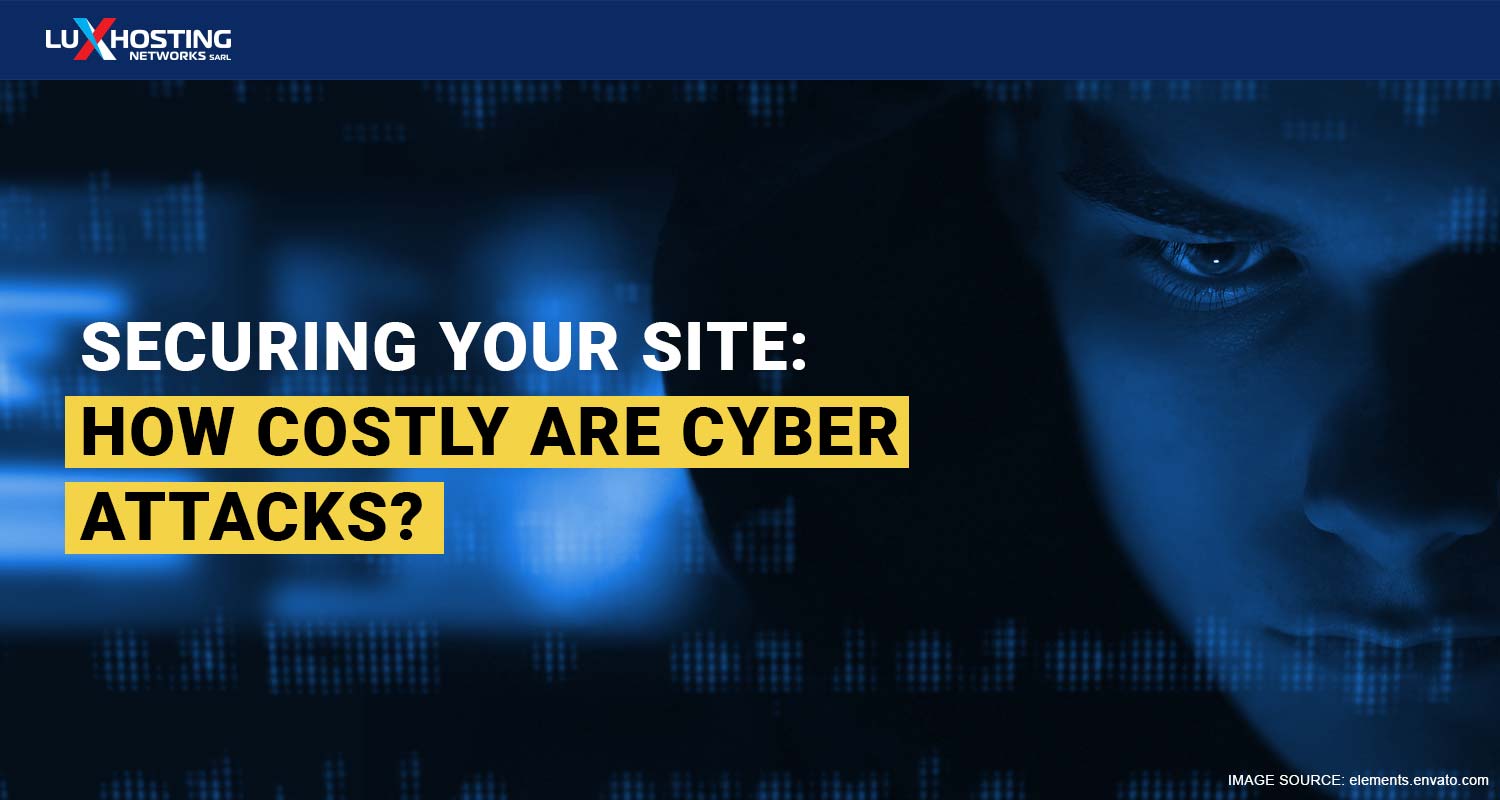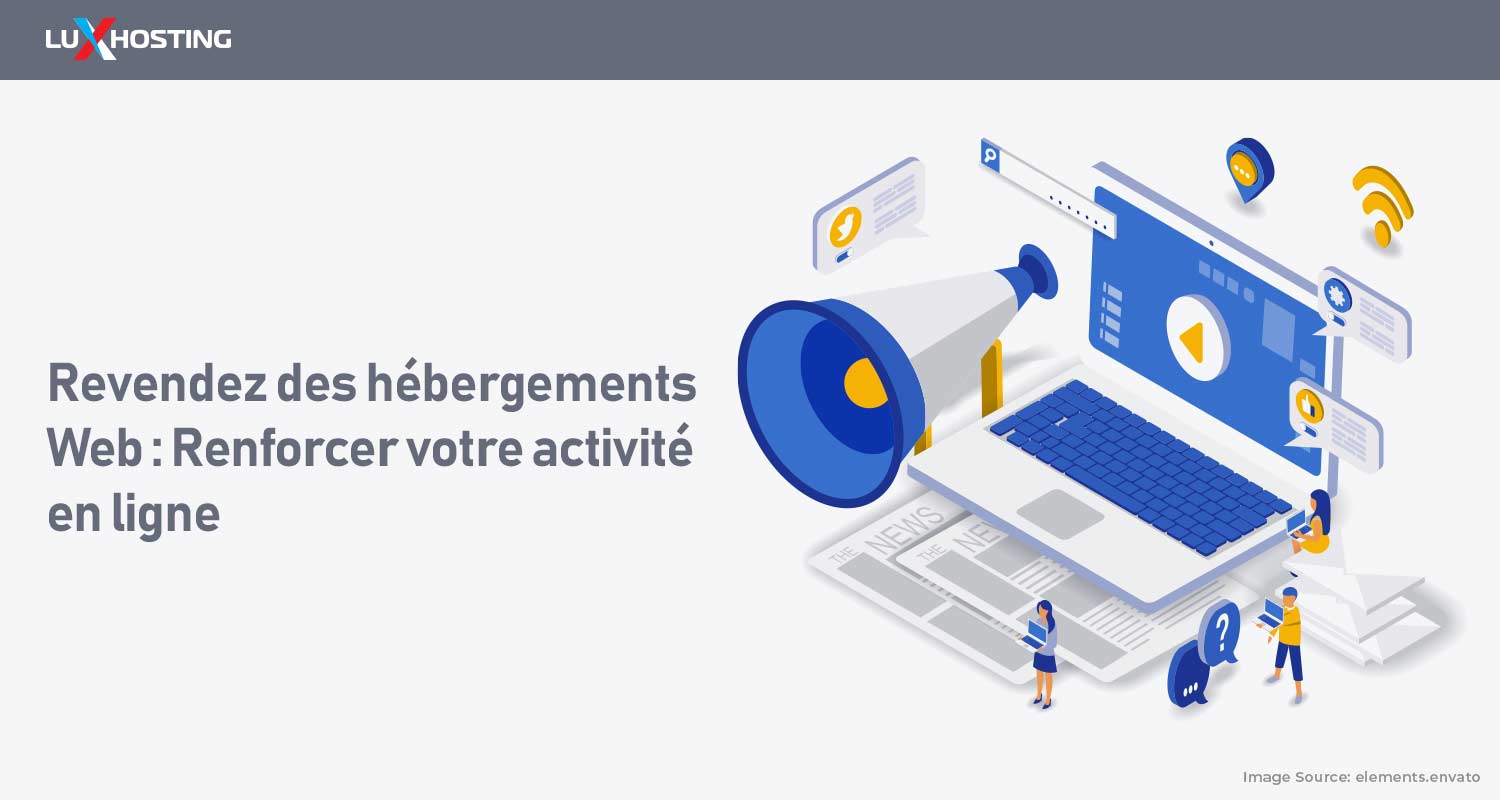Cybercrimes and the length of time it costs businesses and individuals to resolve them continues to increase. As such, the cost of cybercrime and data breaches is on an upward trajectory. The Herjavec Group’s 2019 Official Annual Cybercrime Report predicts that the global cost of cybercrime will be “in excess of $6 trillion annually by 2021.” Herjavec Group is a global cybersecurity company that offers comprehensive protection to minimize cyberattacks and threats. With nearly half of the world’s population using the internet for business and personal use, we have to be mindful of web hosting security risks. As the number of persons online grows so does the amount or new and/or evolved cyber treats.
What is a cyberattack?
A cyberattack is the term that describes the deliberate manipulation of networks, computer systems and technology-dependent enterprises. Cybercriminals use malicious code to alter computer logic, code or data, to compromise data for malicious use such as identity theft.
Types of cyberattacks
Cyberattacks can be coordinated in several different ways and as such, there are several kinds. Cyberattacks puts your website and customer information at risk and as such, you need to implement website backup best practices. Cybercrimes also result in negative SEO ranking. Here’s a list of some of the most popular and costly cyberattacks to be mindful of:
1. Malware attack
Malware is one of the most common forms of cyberattacks because it involves installing malicious unwanted software on your systems, devices and networks without your consent. It has the ability to attach itself to legitimate code and from there propagate. It lurks in legitimate useful applications or create copies of itself across the Internet. There are many types of malware; here are some of the most common types:
- Macro viruses These infect applications like Microsoft Word or Excel. From there the virus creates duplicates of itself and attaches to other code in the computer system.
- Trojans Ransomware is among popular malware attacks hackers use to gain access to and then block you from your own data. In an attempt to make money they will threaten to delete or expose this data. Rule #1 always have backup copies of all your data and rule#2 never pay the ransom. By utilising a set of website backup best practices for your website, in the event of an attack you can have your site back up and running in no time.
- Spyware This is a programme which when installed collects private data, such as users information and their browsing habits. Secretly tracking everything you do, it then forwards the data collected a remote user.
2. DoS and DDoS attacks
A denial-of-service (DoS) attack sends illegitimate traffic and overwhelms a system’s resources making it impossible to respond to genuine requests. A DDoS attack does the same thing but on a wider scale using multiple networks. It’s important to incorporate website monitoring services to as part of you DDoS attack prevention plan. Common DDoS attacks include, Ping of Death, Slowloris and Teardrop attack.
3. Man-in-the-Middle (MitM) attack
A MitM attack occurs when hackers eavesdrop on communication between two users by an authorised party. The attackers then monitor and modify the information malicious use. Here are some common types of man-in-the-middle attacks:
- Session hijacking This is a type of Man-in-the-Middle (MitM) attack. This occurs when a hacker hijacks a legitimate session between a client and network server. The computer used for the attack will substitutes its IP address for client’s all while the server continues the session, with the belief that it’s communicating with the actual client.
- Eavesdropping attack This kind of attack happens when a hacker intercepts network traffic. By eavesdropping, the attacker can obtain the users passwords, credit card credentials and other private information that’s being shared over the network. There are two types of eavesdropping:
- Passive eavesdropping Attacker gains access to information by listening to the message while it’s transmitting over the network.
- Active eavesdropping Here the hacker actively steals data by disguising himself/herself as a friendly unit. They do so by sending queries to the transmitters.
4. Password attack
The most basic and common security mechanism that authenticates users to an information system. As a result, Password Attacks are quite frequent and effective. Attackers sometimes try to ‘‘sniff out’’ the connection to the network to obtain unencrypted passwords. They do this by using social engineering to access your password database or by simply guessing. Password Attacks can be random or systematic:
- Brute-force This involves randomly guessing different potential passwords hoping that one will work. Hackers normally use a bit of logic by choosing possible passwords that are associated with the person, such as name, hobbies, pets or job title.
- Dictionary attack This happens when a hacker uses a dictionary of common passwords in an attempt to access the user’s computer and network. One of approaches involve the copying of an encrypted file that contains the passwords.
How to protect Your Website from Cyber Attacks
As you work on building and developing your website, you must always create a website security checklist to ensure your website is protected from viruses and hackers. This includes employing frequent website monitoring services and website backups.
- Frequent Updates: Conduct frequent updates of all your website applications, plugins, themes and other software. Without frequent backups your site becomes vulnerable and is more prone to cyberattacks. Regular updates give you the added benefit of updated security features to deal with attacks as they evolve.
- Backup your Website: While you implement a number of security features, always ensure that you are frequently and reliably backing up your website. This is your safety next in a worst-case scenario should your information be compromised or completely lost.
- Choose the right web host: The web hosting company you choose to use forms a critical part of your website’s security. At Luxhosting we provide the most secure web hosting services in Luxembourg. Ensure the one you decide on provides frequent backups, security monitoring and alerts. Hackers usually expand their attacks from a single website to the server and the other sites hosted on. Sometimes by sharing a server with other websites, you are indirectly impacted by the attack on one of the neighbouring sites, hitting you with negative SEO ratings. If it fits within your budget, it’s a good idea to consider using private server hosting. Private hosting whether on a dedicated server or VPS is a great way to give you additional protection from attacks that spread across multiple accounts. Web Application Firewall: A firewall is essential and creates a wall between the data connection and the site server.
Final Thoughts
Cybercrime is a growing multi-billion industry as hackers keep coming up with creative ideas to steal and manipulate website information. Cyberattacks in one swoop can bring enterprises to their knees. Your job is to give your website a good fighting chance by implementing the best security measures available, stating with a reputable web hosting service provider. Even after implementing all these software and programmes it’s wise to invest in cyber insurance for worst case scenario situations. This way you will be able to recover financially from a costly attack.



